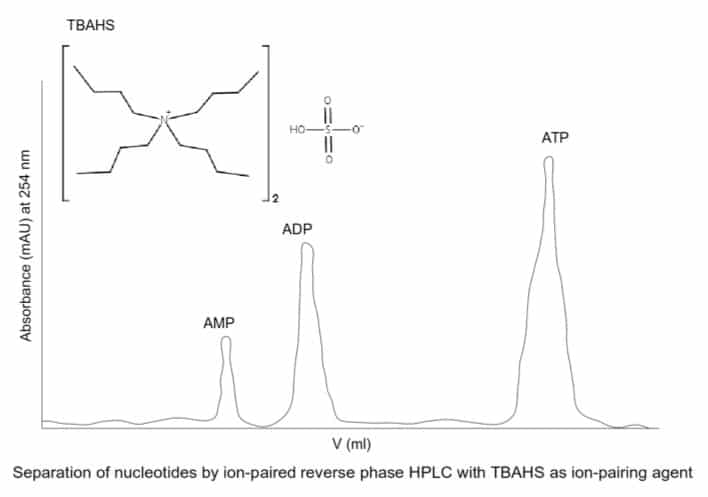Small bottle; big smell!
Pungent chemicals are a great reminder of why we should work in a fume hood when we can.
Fume hoods capture dangerous fumes and exhaust them safely. But only if you use them correctly. So, here are our 10 top tips on how to use a fume hood.
Why Use a Fume Hood?
Volatile chemicals release billions of molecules into the atmosphere. And if the chemical is toxic and we breathe it in—that’s not great!
Remember that a lot of our exposure to chemicals is chronic—low levels over a long time.
Beta-mercaptoethanol is a great example. It’s a smelly, toxic reducing agent that will stink the lab out and is, if you check out the safety data sheet, toxic by inhalation.
When to Use a Fume Hood? A Good Rule of Thumb
While not every chemical has such a pungent reminder about where it should be handled (hint: not at the bench), a good rule of thumb is to use your chemical fume hood whenever possible and only if you have a good reason not to work inside one!
Right, let’s get into it.
10 Tips on How to Use a Fume Hood
1. Check the Pressure Gauge Before Starting
Fume hoods run 24/7/365 except during maintenance and disruptions to the lab ducting.
Check the pressure gauge and any alarms before setting your experiment up. Otherwise, running that experiment will be no different than running it at your desk, on the bench, or anywhere else where you could expose everyone around you to the effects of hazardous reagents.
2. Check for Signage on the Front of the Hood
Signage on the front of a fume hood can alert us to danger.
Look for a placard that describes whether or not the airflow is out of range for work with specific items, like carcinogens. In some cases, you may need to use a different hood.
Signs will also indicate if the fume hood is currently out of service or if another experiment is running.
3. Turn on the Light
This one sounds obvious, but it is easy to forget. Especially if you are only working in your hood for a short period.
Having the light switched on allows you to see better and avoid accidents. If you’re working in a fume hood, you are likely working with chemicals you want to avoid spilling.
So, switch on the light. It only takes a second.
4. Tell Your Colleagues You Are Using It
It’s common courtesy to give everyone a heads-up so that people know if the fume hood is in use. This is particularly important because the fume hood is in high demand.
It might even be a good idea to have a booking calendar for the fume hood. This way, everyone can plan their work sensibly and without disappointment.
5. Wear Your PPE
Whether you’re handling hazardous reagents or performing another technique like perfusions, for example, in combination with the glass sash, gloves, lab coat, and goggles, help protect against the risk of accidental spray from saline (or formalin!) from a flow pump dialed too high.
Remember to choose gloves appropriate for what you work with—they don’t all offer equal protection against every chemical.
6. Adjust the Baffles for Extra Protection
Your work might generate vapor products that are heavier than, as heavy, or lighter than air.
You can adjust the baffles to ensure that the fume hood continues to exhaust the toxic air inside the hood. Check out this handy guide with pictures from the University of California San Diego to show how adjusting the baffles affects airflow.
7. Remove Clutter
Too many flammable and combustible items set the stage to repeat this lab accident. When you run an experiment, prepare your workspace with only the essential items you need. Fume hoods should not be used for storage or disposal of waste materials, so remove everything you have been using once you are finished.
8. Set Up Your Workspace Strategically
Organize your work something like this:
- Keep flammable reagents away from heat sources.
- Keep electricals away from water.
- Place large and tall items towards the back.
- Separate reagent containers from waste containers.
- Use bottles that have obvious differences to store reagents and waste.
- Work in the center of the fume hood, at least a few inches from all sides.
9. Maintain Good Airflow
To prevent toxic air from settling into nooks and crannies, ensure that air can flow above, around, and under your equipment.
Many pieces of small equipment have legs to stand them up above the bench. For light equipment that does not, invert a few test tube racks or falcon tube holders side-by-side and use them as a stage.
10. Adjust the Sash
The lower the sash, the more protection you gain.
Note also that fume hoods act as gigantic exhausts for the building. When turned off for maintenance, the lab temperature might rise by several degrees. It’s nothing to be worried about in terms of safety, but if a particular assay is temperature-sensitive, it could throw your results off.
Bonus Tip: Don’t Put Your Head in It!
Lastly, one pitfall scientists make when using a fume hood is working with their heads inside it. That’s one step away from taking a drag on the reagent bottles themselves.
And don’t smoke or vape in a fume hood, or you could find yourself with a drastic haircut.
BANG and the Danger’s Gone!
That’s how to use a fume hood, along with the whats and whys.
In summary, the three best ways to help ensure your protection with a fume hood are to keep your head outside of it, wear your PPE, and keep the sash lowered!
While you are here, why not check out our beginner’s guide to biosafety and laminar flow cabinets? You can also make your lab safer and more beautiful by sticking up our free hazard symbols poster!
Originally published February 2015. Reviewed and updated January 2023.







